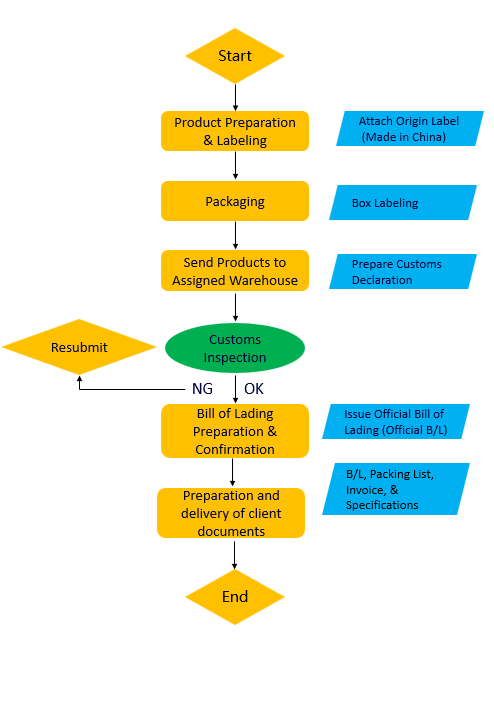Exporting Pad Printing Machines to Vietnam: A Comprehensive Guide
[Abstract] With the deepening of trade between China and Vietnam, an increasing number of Chinese companies are choosing to set up factories in Vietnam. The export of pad printing machines to Vietnam is indeed one of our current important businesses. Have you ever been penalized by customs for not including the country of origin label, namely "Made in China," on your product labels? What is the export process for pad printing machines? What are the precautions to take? Now, let's share & discuss this issue together with you.

During the process of exporting pad printing machines to Vietnam, enterprises need to follow a series of strict regulations and procedures to ensure that the goods can clear customs smoothly and be safely delivered to the customer. Firstly, we need to negotiate with the customer on the trade terms, whether it is FOB Shenzhen or CIF. Below, we will use CIF Haiphong Port, Vietnam as an example to create a comprehensive guide that covers all critical steps from product labeling to the final delivery of the bill of lading, along with a clear flowchart to help enterprises successfully complete the export process of pad printing machines.
I. Product Preparation and Labeling
Product Production: Firstly, ensure that the pad printers have been produced according to customer requirements and have passed internal quality inspections.
Product Labeling: Attach a product origin label to the pad printers, which must clearly state "Made in China". This is an important step in complying with Vietnamese customs regulations, and omissions may result in penalties during customs clearance.
II. Product Packaging and Shipping Mark
Product Packaging: Pad printers should be packaged in wooden boxes (plywood or exempt-from-fumigation boards are acceptable) to protect the products during long-distance transportation. The wooden boxes should comply with international transportation standards and be able to withstand vibrations and impacts during transportation.
Shipping Mark Labeling: Each product's outer packaging should have a shipping mark, clearly indicating the shipping mark on the wooden box, including product model, quantity, destination, exporter information, and other key information. This helps quickly identify the goods during transportation and customs clearance. Some customers may have specific requirements. If not, it can be simpler, with A4 paper printed directly, and the shipping mark information can directly state the shipper's name.
III. Warehousing and Customs Declaration Form Preparation
Product Warehousing: Deliver the packaged pad printers to the designated warehouse, and the driver must bring a warehousing order to enter the warehouse.
Customs Declaration Form Preparation: The customs declaration form is a core document in the export process, requiring careful completion of all product-related information, including product name, model, quantity, unit price, amount, net weight, gross weight, dimensions, contract number, trade terms, and other detailed information. This information needs to be accurately filled in on the customs declaration form.
HS Code: The HS code for single-color pad printers is 8443139000, but it may vary according to specific uses. Enterprises should carefully select the HS code to avoid delays in customs clearance due to code errors.
Declaration Elements:
Brand: TEFISEN
Purpose: Printing text and patterns on the surface of battery packs
Principle: Based on transfer printing technology, the servo motor precisely controls the movement of the pad printing head to the ink basin to pick up ink, and then presses the inked head onto the substrate to transfer the pattern or text from the printing plate to the surface of the substrate.
Feeding Method: Manual
Model: TFS-CP1-200E
Printing Speed: 2000PCS/h
Printing Method: Automatic
Insurance: The customs declaration form will also include an insurance section. It is recommended to purchase transportation insurance for the goods, with the insurance amount usually being 0.3% of the cargo value. This helps reduce the enterprise's economic losses in case of accidents, but this insurance covers the interests of the importer (i.e., the customer).
System-Generated Documents: After completing the customs declaration form, the system will automatically generate documents such as contracts, packing lists, and invoices. Enterprises need to download and print these documents, stamp them with the company seal, and upload them to the customs declaration system.
Review and Release: The customs declaration system will review the submitted documents. Upon approval, enterprises will receive a "Paperless Export Clearance Notification" and a "Customs Export Goods Declaration Form," indicating that the goods have passed customs inspection.
IV. Bill of Lading Preparation and Confirmation
Bill of Lading Information Filling: The shipping company or logistics company will provide a bill of lading template, and enterprises need to fill in the customer's name, address, receipt information, and exporter-related information. At the same time, the product's HS code, name, model, and other information also need to be reconfirmed and filled in on the bill of lading. It is also recommended to confirm the bill of lading information with the customer, such as whether the customer has an import license for the English name of the pad printer, Pad Printer or Pad Printing Machine. An import license is required for import customs clearance; otherwise, the goods cannot be picked up, and additional storage fees will be incurred.
Bill of Lading Draft Confirmation: The shipping company or logistics company will provide a bill of lading draft for enterprise confirmation. Enterprises should carefully check all information on the bill of lading to ensure it is consistent with the customs declaration form and product label.
Official Bill of Lading Issuance: After confirmation, the shipping company or logistics company will issue an official bill of lading. Enterprises should properly keep the official bill of lading as it is proof of ownership and extraction of the goods.
V. Customer Document Preparation and Delivery
Packing List and Invoice: Enterprises need to prepare packing lists and invoices. These documents should detail the model, quantity, unit price, amount, and other information of the goods. Some may also require the trade terms and payment methods to be indicated on the invoice, depending on customer requirements.
Equipment Operating Manual: Provide an English-language equipment operating manual for the pad printers to help customers understand the installation, commissioning, and usage methods of the equipment.
Official Bill of Lading Delivery: Deliver the official bill of lading, packing list, invoice, and equipment operating manual to the customer. This helps customers quickly complete customs clearance procedures upon receiving the goods.
VI. Precautions and Risk Prevention
Product Information Consistency: All product information must be consistent on the customs declaration form, bill of lading, and product label. Any inconsistency may lead to problems during customs clearance.
Customer Communication: During the export process, enterprises should maintain close communication with customers to promptly understand their needs and feedback. This helps enterprises identify and address issues in a timely manner.
Transportation Insurance: Although transportation insurance covers the interests of the customer, enterprises should also consider purchasing insurance to reduce their own risks. Especially when the cargo value is high or the transportation distance is far, purchasing insurance is particularly important.
Import Equipment License: Before export, enterprises should understand Vietnam's requirements for import equipment licenses. If the customer does not have the corresponding license, it may cause the goods to be detained at Vietnamese ports and generate storage fees. Therefore, enterprises should communicate with customers in advance and confirm the processing status of the relevant licenses.
VII. Export Process of Pad Printers


